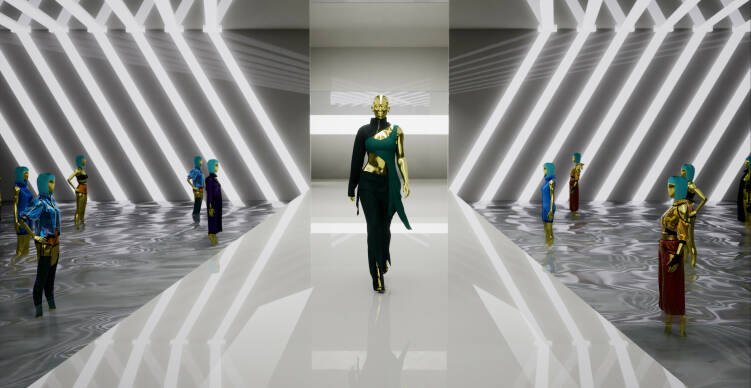Blake Morgan e-Magazine | Winter 2023 | Issue 6
Non-fungible tokens (NFTs), trade mark protections and the metaverse – key considerations for the fashion industry
by Charles Collar


This is evidence that NFTs are being taken seriously by big brands, with some examples of recent filings which take into account NFTs including Charlotte Tilbury's registration which covers 'downloadable virtual goods', and the Football Association Premier League Limited's EU Registration for a lion head logo which covers a range of virtual goods, including NFTs.
For owners of trade mark portfolios it is important to take action now to ensure that these are up to date, taking into account protection for virtual products and the need to closely monitor third party activities. Without sufficient protection, you may be open to third parties using your valued marks in virtual worlds with little or no right to stop them. However, it is important to remember you should only claim protection for goods/services that you/your business plans to use in the next 5 years. You cannot simply apply to cover 'downloadable virtual goods' to prevent others from using them if you have no intention of using them yourself.
2022 saw a sharp rise in the protection for virtual goods as rights holders become more aware of the need to update their registrations, and the European Union Intellectual Property Office is introducing more relevant terms to the Harmonised Database to assist with this, but this is still work in progress as the expansion of use of virtual goods/services continues.

Without sufficient protection, you may be open to third parties using your valued marks in virtual worlds with little or no right to stop them.
If you would like any further advice on this, or any assistance with brand protection monitoring, please do not hesitate to contact us and we would be delighted to assist you.
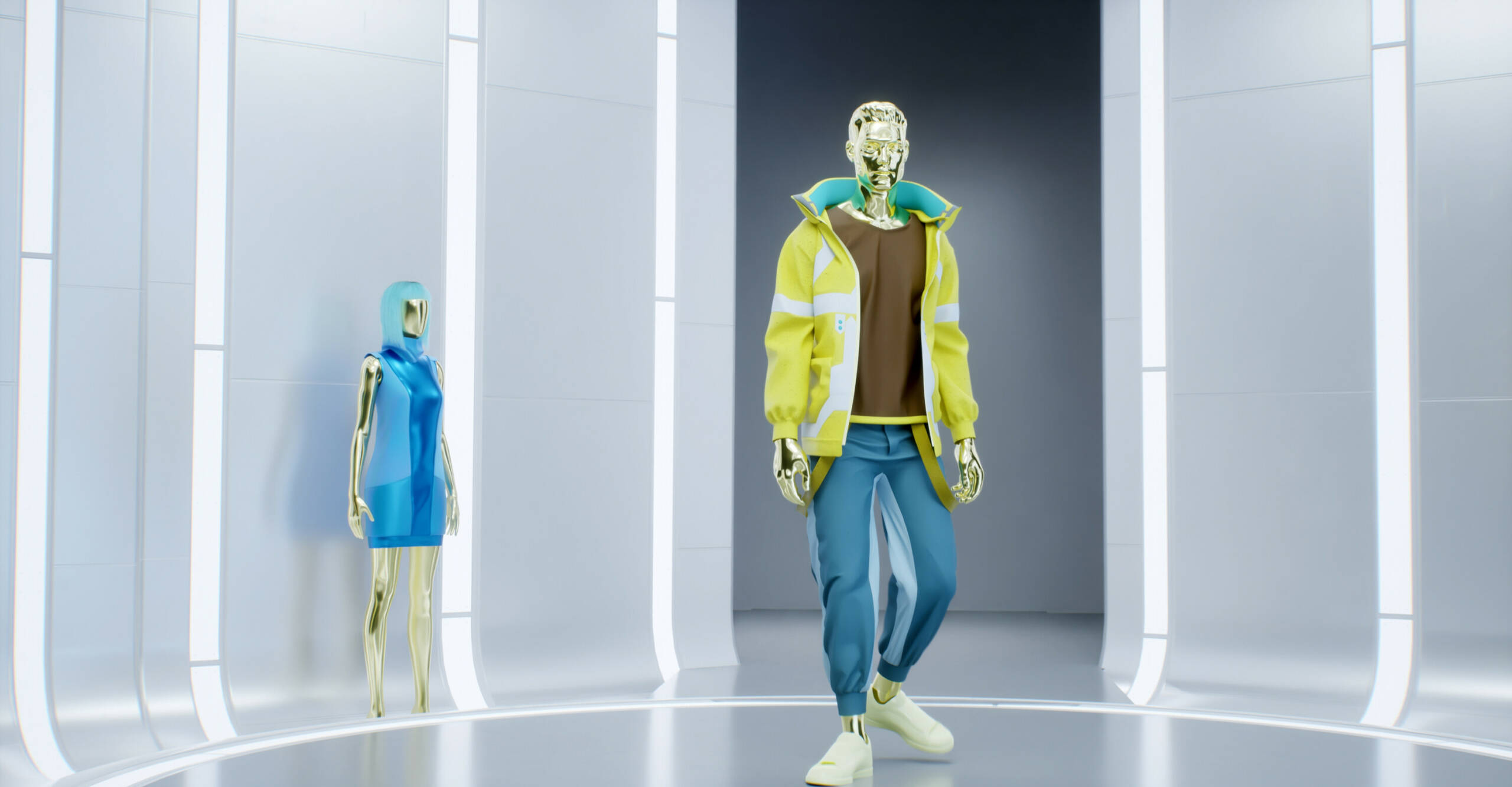
As the development of the metaverse is relatively recent, rights holders are having to navigate new territory. There is a risk that existing trade mark registrations may not cover the correct classes making it tricky for brand owners to act against "counterfeit" virtual goods. And other legal considerations of NFTs in the metaverse for the fashion industry and intellectual property owners include:
Does trade mark infringement apply to the metaverse?
Can unregistered design rights exist in the metaverse?
Do NFTs meet the requirements set out in the Copyright, Designs and Patents Act 1988?
The European Parliament released a Study on Intellectual Property Rights and Distributed Ledger Technology with a focus on art NFTs and tokenized art in October 2022. This summarised that all owners of trade marks offering physical goods and services, should consider further classes to include use in virtual spaces, in order to ensure their rights are protected.
The guidance suggests owners consider protection in class 9 (which relates to downloadable software), class 41 (services having the basic aim of the entertainment, amusement or recreation of people), and 42 (which includes theoretical and practical aspects of complex fields of activities computer programming), as use on the metaverse could be defined as both goods and services.
For example, brands such as Prada, Gucci, and Louis Vuitton released some of the most notable NFTs in the fashion industry in 2022. As the presence of virtual goods and non-fungible tokens ("NFTs") increases, this leaves many questions as to how to best protect these assets used in the metaverse.
NFTs are unique cryptographic tokens that cannot be replicated and may also represent real world items such as clothing and accessories. NFTs have many benefits for fashion brands and intellectual property owners, such as market efficiency and limiting the opportunities for fraud.
However the use of popular brands in the metaverse is a real concern for rights holders. The metaverse is essentially an unregulated online platform and copyists may use this as an opportunity to exploit rights holders. Owners are now forced to either create their own NFTs or keep a very close eye out for infringers and take enforcement action where necessary.

The metaverse is essentially an unregulated online platform and copyists may use this as an opportunity to exploit rights holders.

In the fashion industry, brands are now marketing digital assets on the metaverse through NFTs, so you can now wear your favourite designer items online, as well as in real life.
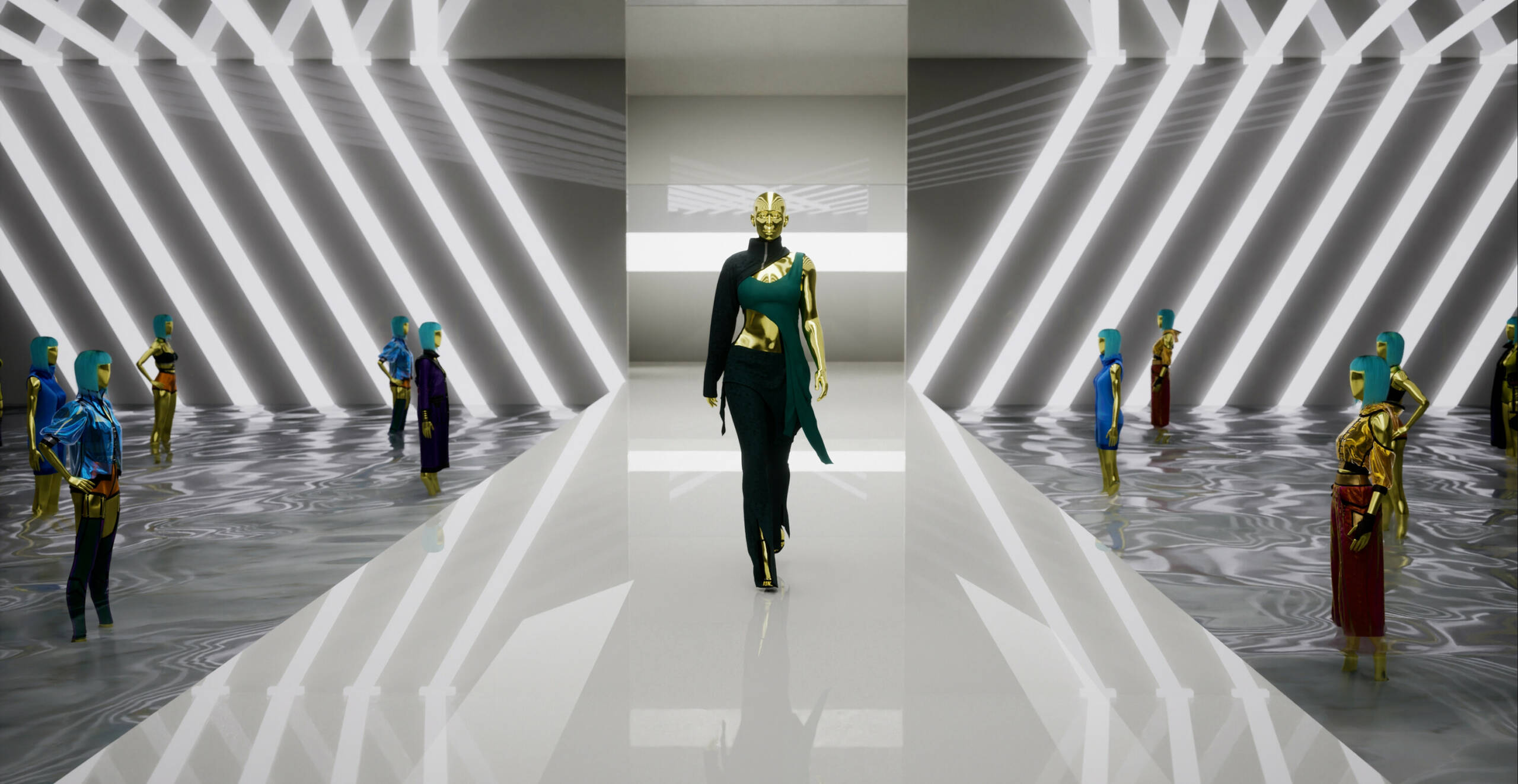
by Charles Collar
Non-fungible tokens (NFTs), trade mark protections and the metaverse – key considerations for the fashion industry



If you would like any further advice on this, or any assistance with brand protection monitoring, please do not hesitate to contact us and we would be delighted to assist you.
This is evidence that NFTs are being taken seriously by big brands, with some examples of recent filings which take into account NFTs including Charlotte Tilbury's registration which covers 'downloadable virtual goods', and the Football Association Premier League Limited's EU Registration for a lion head logo which covers a range of virtual goods, including NFTs.
For owners of trade mark portfolios it is important to take action now to ensure that these are up to date, taking into account protection for virtual products and the need to closely monitor third party activities. Without sufficient protection, you may be open to third parties using your valued marks in virtual worlds with little or no right to stop them. However, it is important to remember you should only claim protection for goods/services that you/your business plans to use in the next 5 years. You cannot simply apply to cover 'downloadable virtual goods' to prevent others from using them if you have no intention of using them yourself.
2022 saw a sharp rise in the protection for virtual goods as rights holders become more aware of the need to update their registrations, and the European Union Intellectual Property Office is introducing more relevant terms to the Harmonised Database to assist with this, but this is still work in progress as the expansion of use of virtual goods/services continues.
Without sufficient protection, you may be open to third parties using your valued marks in virtual worlds with little or no right to stop them.
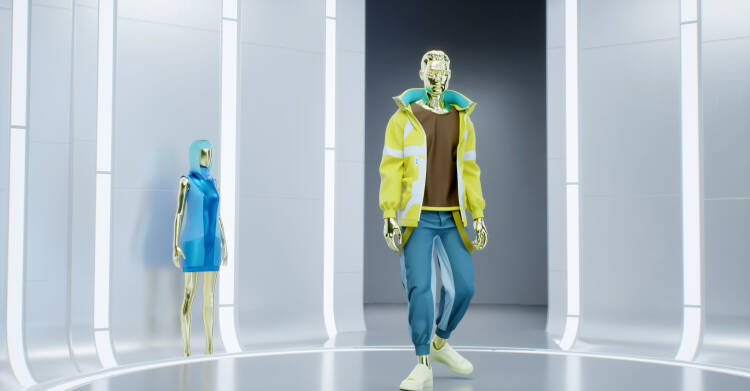
As the development of the metaverse is relatively recent, rights holders are having to navigate new territory. There is a risk that existing trade mark registrations may not cover the correct classes making it tricky for brand owners to act against "counterfeit" virtual goods. And other legal considerations of NFTs in the metaverse for the fashion industry and intellectual property owners include:
Does trade mark infringement apply to the metaverse?
Can unregistered design rights exist in the metaverse?
Do NFTs meet the requirements set out in the Copyright, Designs and Patents Act 1988?
The European Parliament released a Study on Intellectual Property Rights and Distributed Ledger Technology with a focus on art NFTs and tokenized art in October 2022. This summarised that all owners of trade marks offering physical goods and services, should consider further classes to include use in virtual spaces, in order to ensure their rights are protected.
The guidance suggests owners consider protection in class 9 (which relates to downloadable software), class 41 (services having the basic aim of the entertainment, amusement or recreation of people), and 42 (which includes theoretical and practical aspects of complex fields of activities computer programming), as use on the metaverse could be defined as both goods and services.
The metaverse is essentially an unregulated online platform and copyists may use this as an opportunity to exploit rights holders.
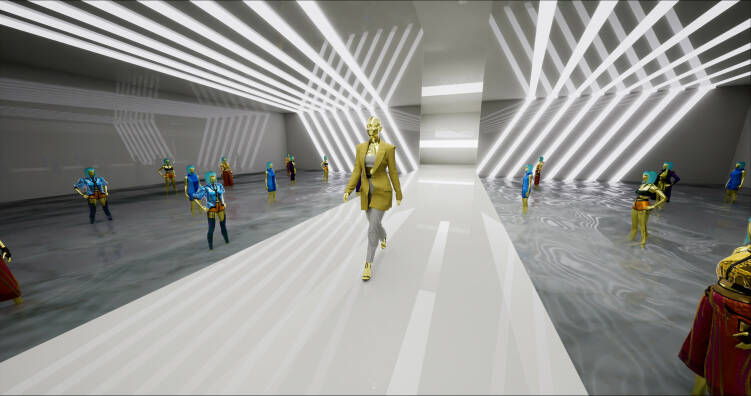
For example, brands such as Prada, Gucci, and Louis Vuitton released some of the most notable NFTs in the fashion industry in 2022. As the presence of virtual goods and non-fungible tokens ("NFTs") increases, this leaves many questions as to how to best protect these assets used in the metaverse.
NFTs are unique cryptographic tokens that cannot be replicated and may also represent real world items such as clothing and accessories. NFTs have many benefits for fashion brands and intellectual property owners, such as market efficiency and limiting the opportunities for fraud.
However the use of popular brands in the metaverse is a real concern for rights holders. The metaverse is essentially an unregulated online platform and copyists may use this as an opportunity to exploit rights holders. Owners are now forced to either create their own NFTs or keep a very close eye out for infringers and take enforcement action where necessary.
In the fashion industry, brands are now marketing digital assets on the metaverse through NFTs, so you can now wear your favourite designer items online, as well as in real life.
